 |
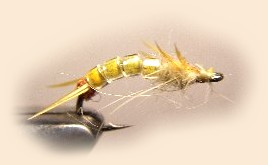 Yellow Sally Stonefly |
|
|
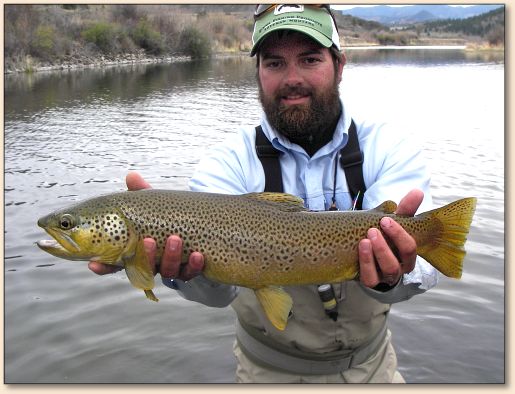
Benjamin Hart has been guiding in and around Missoula, MT for 8 years. For questions, comments or booking information email him at: dryflies@gmail.com
Materials for the Yellow Sally Stonefly:
Tail and Legs: Yellow Goose Biots Egg Sack/ Bead Holder: Quick Descent Dubbing. Body: Miyuki Delica Glass Crafting Beads Wingcase: Saltwater Flashabou coated with UV Knot Sense Thorax: Pale Yellow Hareline Dubbing
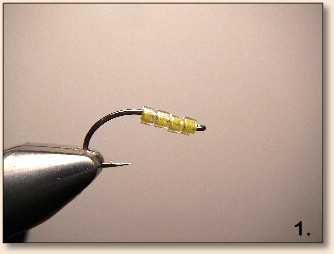 1. Put four glass beads on hook shank.
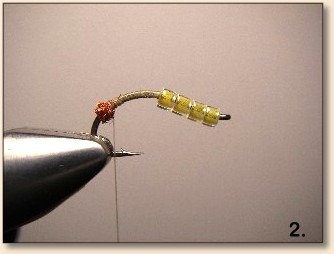 2. Start your thread behind the beads and wrap evenly to the bend.
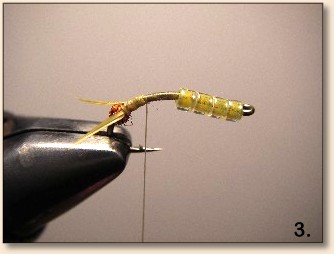 3. Dub a very small ball of dubbing, this is going to split the tails as well as hold the beads on the hook so wrap firmly. Place one goose biot on either side of the dubbing ball, then wrap firmly and clip neatly. Create a smooth surface that the beads will slide over, then whip finish.
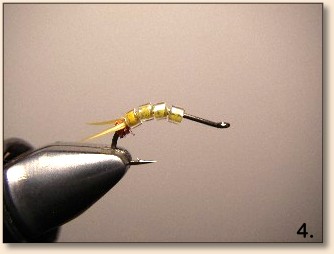 4. Slide beads over the thread.
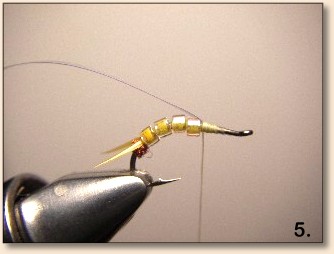 5. Start thread again.
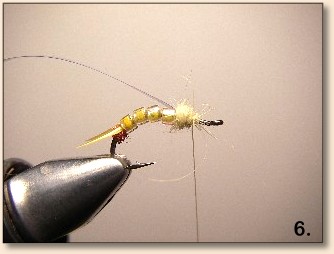 6. Tie in one strand of saltwater flashabou.
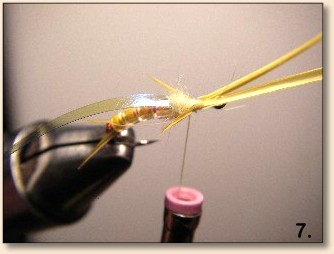 7. Put some dubbing on the thread and wrap part of the thorax. Add two more biots.
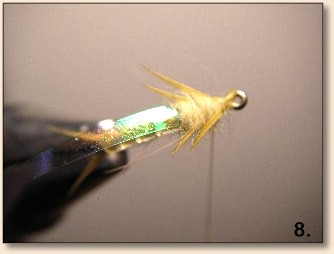 8. Dub a little more and then place two more biots for legs.
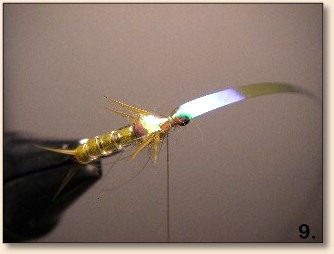 9. Add a tiny bit more dubbing then fold the flashabou forward locking it just behind the eye of the hook.
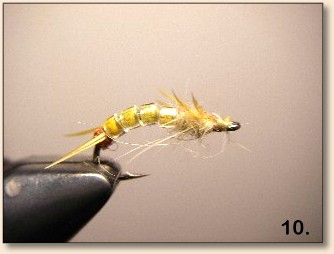 10. Carefully place a small drop of Loon UV Knot Sense on the wingcase, then either place it in sunlight or use a UV light to harden, you can also use epoxy or omit this step all together. ~ Ben Hart (Benjo) For more great flies, check out: Beginning Fly Tying, Intermediate Fly Tying and Advanced Fly Tying.
|